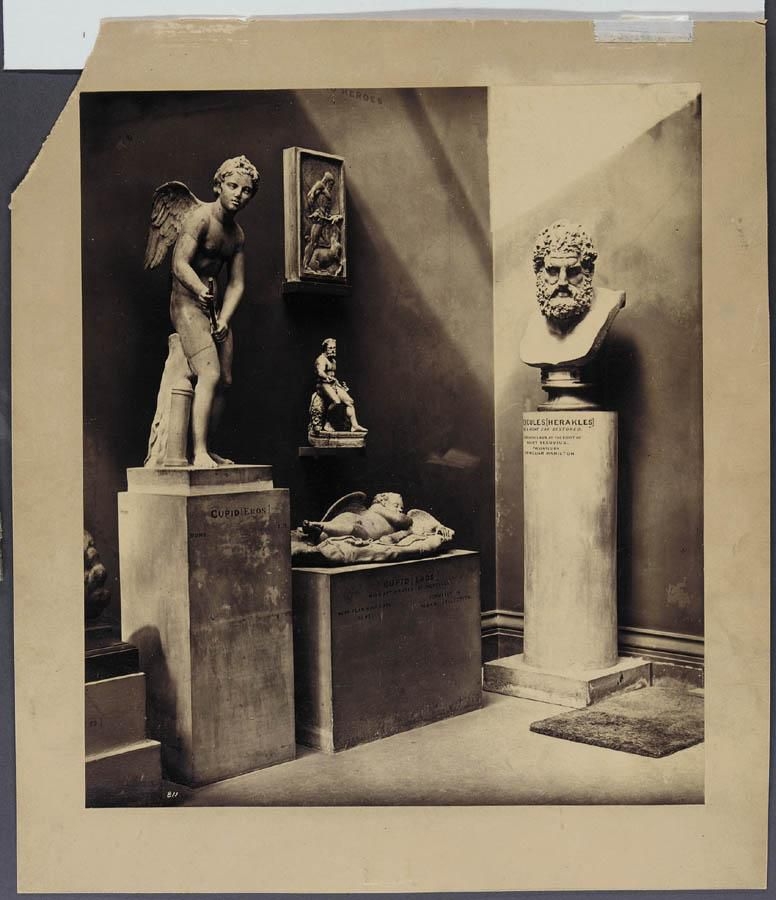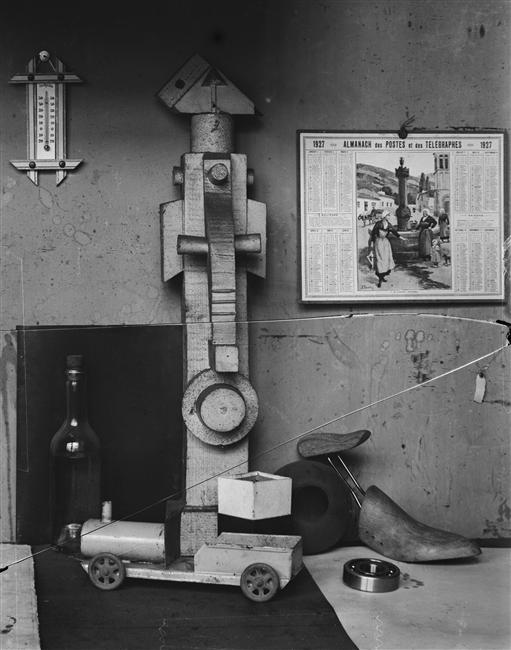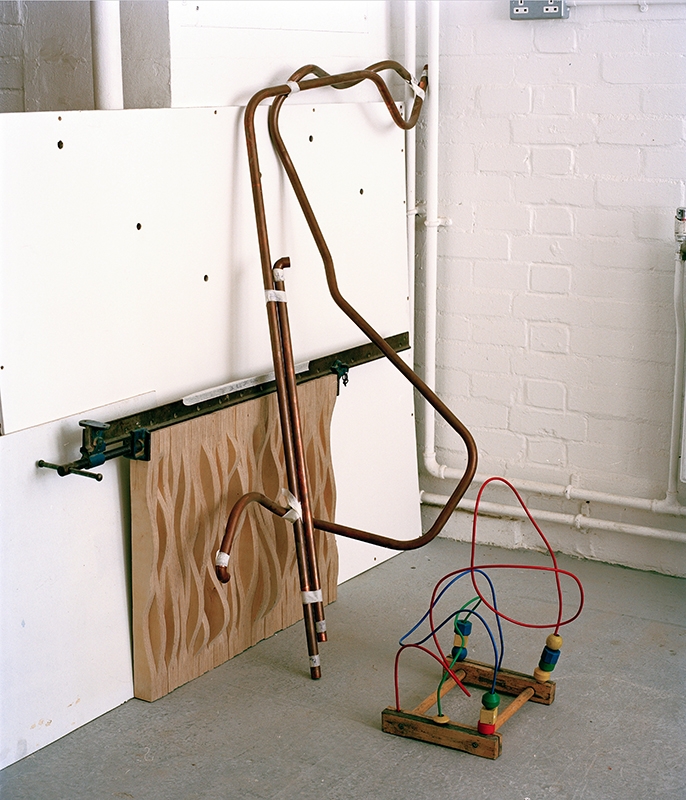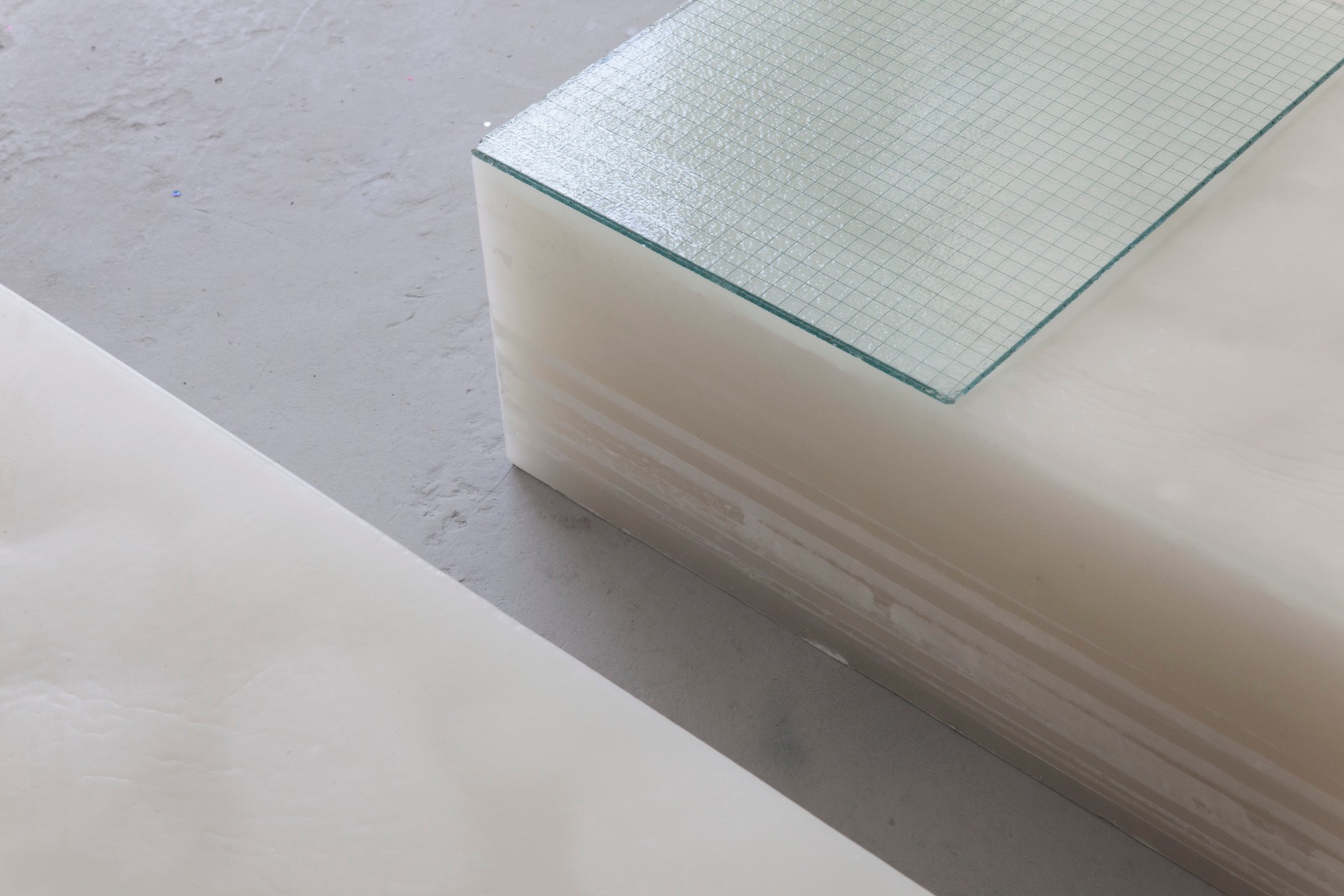A SOLID MATTER
by Michele Amaglio
04.01.2016


The visual research of form and aesthetics has pushed photography and sculpture towards a dialogue that took place since the very first photographic experiments. In the early stages of the photographic medium, it was very common for its pioneers to photograph statues and sculptures of religious institutions and art museums. This was due to the complexity of the early techniques, which had very long exposure times. French photographer Charles Negre, for instance, became one of the first to portray the gothic statues of Notre Dame de Paris whereas British photographer Roger Fenton documented the sculptures in the British Museum. In a similar way, many artists became interested in the role played by photography in the representation of sculptural work, so that it became very common for a photographer to be invited by a sculptor to document their most recent works. Notable artists, such as Fernand Leger and Ossip Zadkine, frequently invited Hungarian photographer André Kertész to capture their work and their studios. Similarly, throughout the years, the dialogue between photography and sculpture has linked the two art forms in most of the important moments of the avant-garde art movement. From Dadaism to the postmodern era, photography and sculpture influenced each other by sharing common interests and processes.
Shadows, materiality and geometries became the common ground between the two art forms throughout the years as well as the starting point for the visual research of many contemporary artists. Collaborations between photography and sculpture occur more and more frequently, mostly in the form of installations. By borrowing processes belonging to one or the other art form, photography and sculpture have interwoven their interests and processes in order to investigate the fine line dividing the two. In this way, an image can support the work of a sculptor by becoming an object or by playing with forms, colours and, vice versa, a sculptor can answer the need of physicality that a photograph cannot offer. The result of this continuous exchange of interests and languages can be seen as a new hybrid form of art.
Shadows, materiality and geometries became the common ground between the two art forms throughout the years as well as the starting point for the visual research of many contemporary artists. Collaborations between photography and sculpture occur more and more frequently, mostly in the form of installations. By borrowing processes belonging to one or the other art form, photography and sculpture have interwoven their interests and processes in order to investigate the fine line dividing the two. In this way, an image can support the work of a sculptor by becoming an object or by playing with forms, colours and, vice versa, a sculptor can answer the need of physicality that a photograph cannot offer. The result of this continuous exchange of interests and languages can be seen as a new hybrid form of art.

Jack and Sam Carvosso – Casting Steel, the click of the Shutter.
Jack and Sam Carvosso – Casting Steel, the click of the Shutter. A concrete dialogue between photography and sculpture takes place in the collaboration of the brothers Jack and Sam Carvosso, a photographer and a sculptor, respectively. In Casting steel, The click of the shutter (2014), the artist duo explore the relationship between the sculptural object and the photographic surface through an installation that investigates the boundaries between the two art forms. Exhibited at the Brighton Photo Fringe 2014, this work merged photography and sculpture into a unique language. The installation rests on the collaboration between brothers working with different mediums. Jack Carvosso, for instance, alternates black and white images of the incomplete sculptures made by his brother Sam with still life and natural landscapes, which unravel a reflection on photography itself, and it’s visual power. On the other hand, Sam Carvosso plays with the photograph, seen as an object. Casting steel, The click of the Shutter investigates the nexus between photography and sculpture in the representation of forms and geometries, through cultural and artistic references from past and present times.
This exhibition delves into the core of both art forms by exploring when one assumes the processes of the other. A natural landscape becomes sculptural when its physical reproduction – its print – lies obliquely on the walls of the installation; vice versa a piece of rock assumes photographic connotations when enclosed in a metal structure, framing the subject. The clever collaboration between the Carvosso brothers is a summary of the essential elements that constitute photography and sculpture and it presents a rich panorama of images and objects that belong to some of the most important references in art history.
Jack and Sam Carvosso – Casting Steel, the click of the Shutter. A concrete dialogue between photography and sculpture takes place in the collaboration of the brothers Jack and Sam Carvosso, a photographer and a sculptor, respectively. In Casting steel, The click of the shutter (2014), the artist duo explore the relationship between the sculptural object and the photographic surface through an installation that investigates the boundaries between the two art forms. Exhibited at the Brighton Photo Fringe 2014, this work merged photography and sculpture into a unique language. The installation rests on the collaboration between brothers working with different mediums. Jack Carvosso, for instance, alternates black and white images of the incomplete sculptures made by his brother Sam with still life and natural landscapes, which unravel a reflection on photography itself, and it’s visual power. On the other hand, Sam Carvosso plays with the photograph, seen as an object. Casting steel, The click of the Shutter investigates the nexus between photography and sculpture in the representation of forms and geometries, through cultural and artistic references from past and present times.
This exhibition delves into the core of both art forms by exploring when one assumes the processes of the other. A natural landscape becomes sculptural when its physical reproduction – its print – lies obliquely on the walls of the installation; vice versa a piece of rock assumes photographic connotations when enclosed in a metal structure, framing the subject. The clever collaboration between the Carvosso brothers is a summary of the essential elements that constitute photography and sculpture and it presents a rich panorama of images and objects that belong to some of the most important references in art history.


Tom Heatley- The sculptors
The collaboration between Jack and Sam Carvosso is particularly relevant because it combines the common interest of two brothers working with different mediums. In a similar way, The Sculptors by Tom Heatley investigates even more profoundly the relationship between photography and sculpture, through collaborating with the University of Brighton’s sculpture department. This body of work is influenced by the similar interests, in terms of visual aesthetics, that photography and sculpture share. Tom Heatley describes the work as an ethnographic research that focuses on the spaces and the objects used by the sculptors. Scissors, pliers, blocks of marble, paint and metal wires become the core of this exploration, celebrated as art objects and reproduced photographically. As an installation, The Sculptors plays with the boundaries between the two art forms: thick wooden frames celebrate the images by transforming them into objects, resting on the floor or hanging crooked from the walls. In this work, Tom Heatley shows how the photographic medium can be used as a tool of visual transformation, by highlighting new aspects of objects or places often overlooked.


Holly Duce – Some Fundamentals
We decided to consider a sculptural work that borrows photographic processes. In Some Fundamental, British artist Holly Duce plays with the sensorial element of her work by combining different materials with the visual reference of pictorial images. The materiality and the form of the objects are used cleverly to suggest a sensory perception: three blocks of wax rest on the floor of the installation whilst a piece of rock faces a pane of glass. A sheet of glass leans on a big print of a natural, barren landscape contributing to the suggestive effect that the installation wants to produce on the viewer. In this case, the image in itself is not important – it is not a matter of what is depicted in the photograph. On the contrary, the role played by the photograph is to confer a further suggestion of sensory perception.
The installation offers an overall sense of physicality, by combining the use of sculptures with images. The viewing is essential. The core of this work offers an experience to the viewer through the reflection of light on the surface of the objects and on the images, wrapped by a plastic sheet. In this scenario, the referential content of the image loses significance, becoming barer of perception rather than of indexical content.


info@ardesiaprojects.com